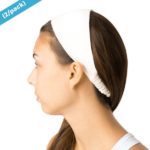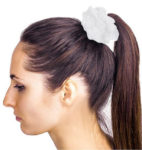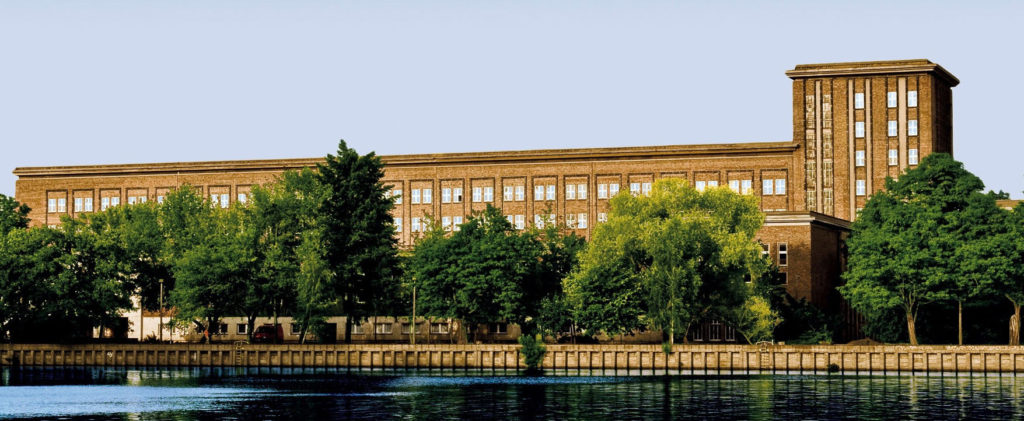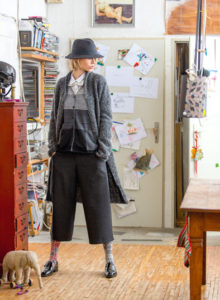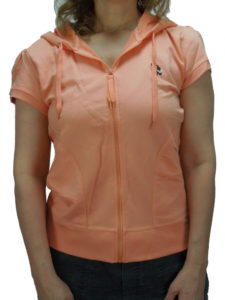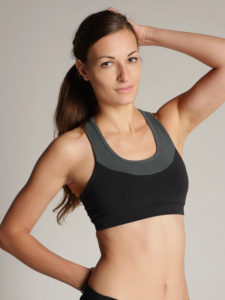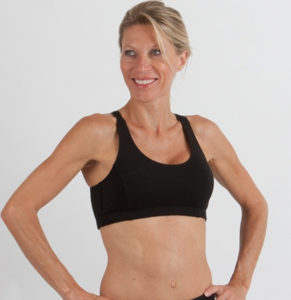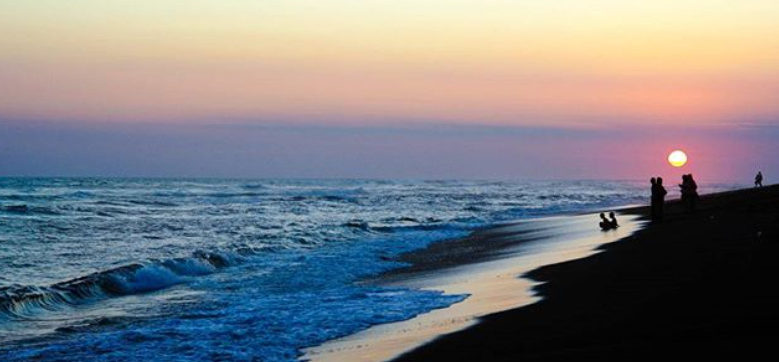
Ocean Blue an Oregon ocean nonprofit, is concerned about the impact of the textile industry on our natural water resources, specifically the clothes we all wear and wash everyday. They contacted Faerie’s Dance to discuss whether eco-fashion represents an improvement over conventional clothing. Adrienne Catone, Faerie’s Dance’s founder and CEO was happy to discuss what makes their threads the best option for the planet’s waterways.
Founder of Ocean Blue Project, Richard Arterbury, is concerned with the presence of chemicals and unnatural clothing fibers in our waterways. He explained how our clothing impacts our waterways, both the manufacturing and the maintenance that happens after we start wearing them.
When two environmentally friendly organization leaders join forces, or even just get together to chat about sustainability and clothing, the conversation can be quite revealing.
Richard: We really like that you offer people sustainable clothing that has the health of workers in mind as well as being environmentally friendly. Can you tell me a little bit about what makes your clothing environmentally friendly?
Adrienne: Well, there are four important pieces that we factor in when determining whether or not a piece of clothing is eco-friendly:
1. We source fabrics with no or minimal pesticide usage and minimal or closed-loop processing. For example, organically grown cotton instead of conventional cotton – which is the highest pesticide/insecticide sprayed crop on the planet.
2. We source clothing that has been at least low-impact dyed. Some items are undyed or clay-dyed, but we avoid items that have been conventionally dyed with harsh chemicals such as azo dyes. You can read about dyes in this post.
3. All of our clothing has no chemical finishing agents. Most conventional clothing is finished with a chemical soup to make them wrinkle less, stand up better to the dryer, resist fire, etc. While these chemicals do have some benefits for the clothing, we don’t believe the benefits are worth the environmental degradation or the potential health risks to both the wearer and the factory workers.
4. Finally, we are meticulous in our verification that no sweatshop or child labor is ever used in any of the items we carry. Most of them are Fair Trade Certified, though we do carry some brands that work with smaller factories that cannot afford the certifications. In those cases, the manufacturers physically go to the factories on a regular basis and verify the working conditions personally. While we buy most of our clothing from manufacturers that wholesale, we do also manufacture our own line of underwear. All of our underwear are designed, cut and sewn in Oregon from Global Organic Textile Certified (GOTS) fabric imported from a family-owned shop in India.
Richard: It sounds like you have really done your research which makes me glad that you have dedicated your work to sharing this knowledge with the world. Which fabrics do you think leave the lightest footprint on our waterways?
Adrienne: Anything grown without pesticides that also has minimal processing waste would end up being the best option all around. We’ve done an assessment of eco-friendly fabrics, and essentially, the higher on the list you purchase, the better it will be for our waterways.
Richard: Pesticides wash into waterways that make their way to the ocean and that’s not good for wildlife or people that get our drinking water from those waterways. It is good to know how fabrics are being processed so we can make better choices for people and wildlife.
A solution from our perspective is most of our waterways have been impeded so greatly that native plants and native trees are no longer protecting our rivers. Today the world is making better choices, but pollutants are now present in sediments that got put there from many years ago. I would like to know more about other ways clothing is processed. How does closed-loop processing help the world’s ocean?

Adrienne: Most fabric production does have some waste products. A closed-loop processing system captures the production waste and recycles it for reuse in the next round of fabric production. Companies like Lenzing, who make both Tencel® and Modal® have achieved near 100% waste recycling. So there’s no waste or runoff at all into waterways or oceans. Closed-loop production is really the future of fashion.
Richard: Those are the kind of solutions we like to hear about. Clothing dyes also impact waterways and the ocean. So, can you tell me more about what you have found about those impacts?
Adrienne: As I mentioned before, conventional dyes can have really harsh, and in some cases, carcinogenic chemicals. Unfortunately, the dyeing process creates a lot of waste. The single biggest improvement of low-impact dyes over conventional dyes is the enormous reduction in waste output.
Richard: It is deeply concerning that fibers from plastic based clothing come off in the wash and end up making their way through water treatment plants, eventually flowing into waterways to the world’s ocean. These plastic fibers are also found in our drinking water. Would you say it’s better to have plastics go to a landfill than to be made into products that will end up in the ocean?

Adrienne: Actually, a huge portion of non-recycled plastic do end up in our oceans. So RePET fibers keep a lot of plastic out of the ocean rather than just out of landfill. So I guess the question would be is it better to have a lot of plastic in the ocean (a lot being defined as an entire garments worth) or a little plastic in our waterways (a little being defined as the small amount of the garment that leeches away during the wash)?
Richard: What’s worse? Is it a large piece that gets churned over time, or the piece that’s microscopic that we can’t see? The answers to these questions may be filled in over time by researchers, but until then we can keep cleaning it up and your company can keep making our footprint as light as possible like you have been doing. One thing that I really love about Faeries Dance is that you are offering solutions for a One World Ocean.

To learn more about the Ocean Blue Project, checkout their Mission Page.

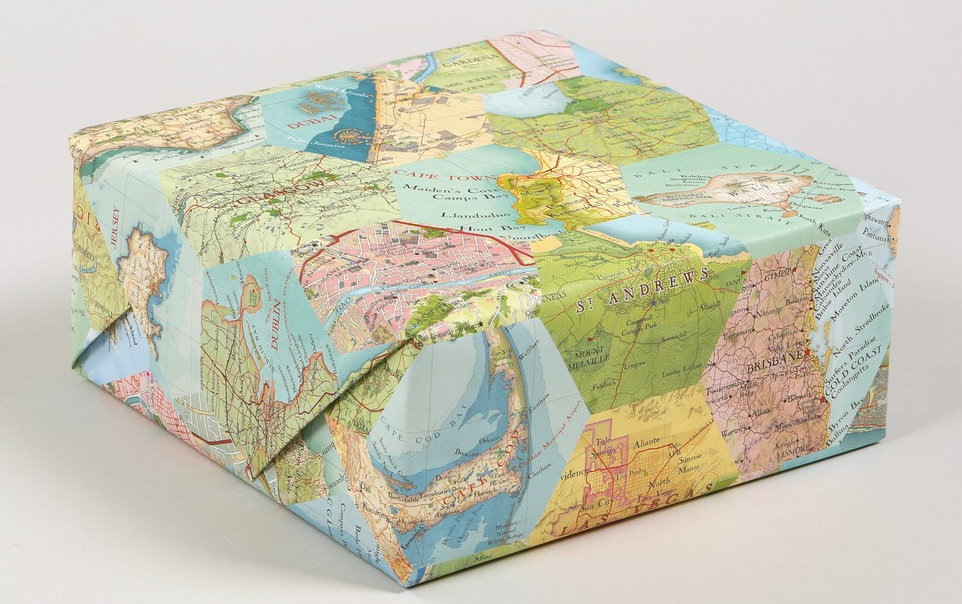
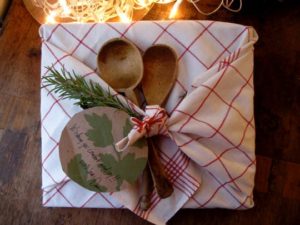 Wrap gifts with gifts. Are you giving someone tea towels or pillow cases? Use
Wrap gifts with gifts. Are you giving someone tea towels or pillow cases? Use 
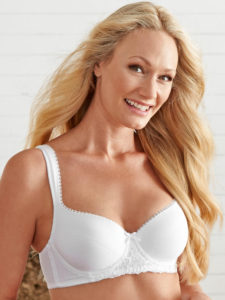
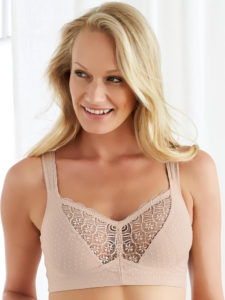
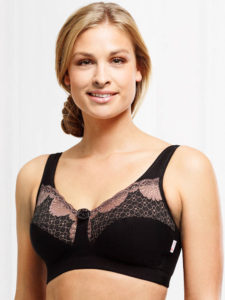

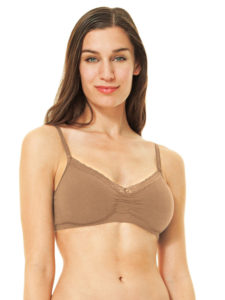
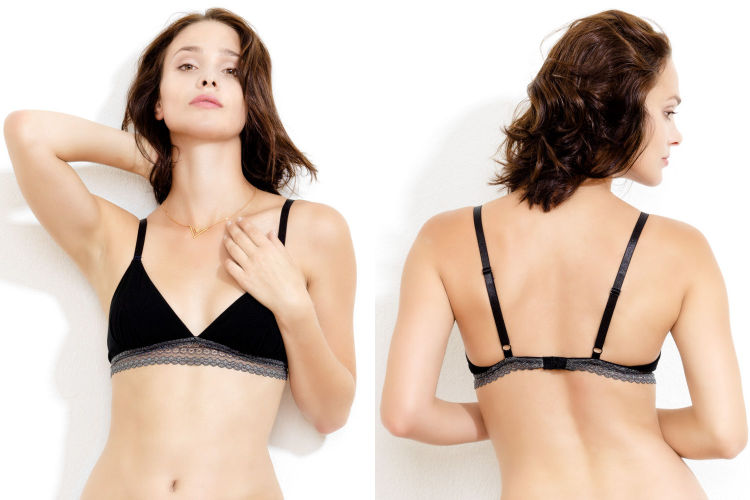
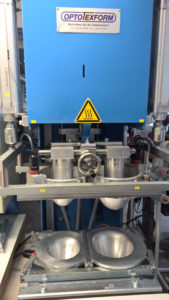
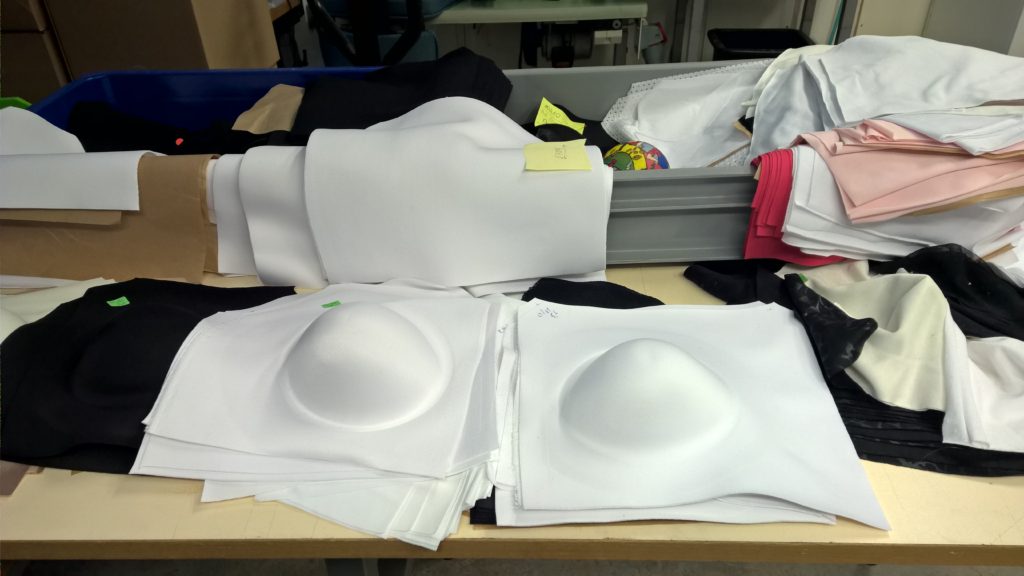
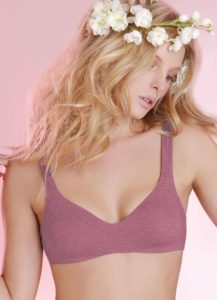
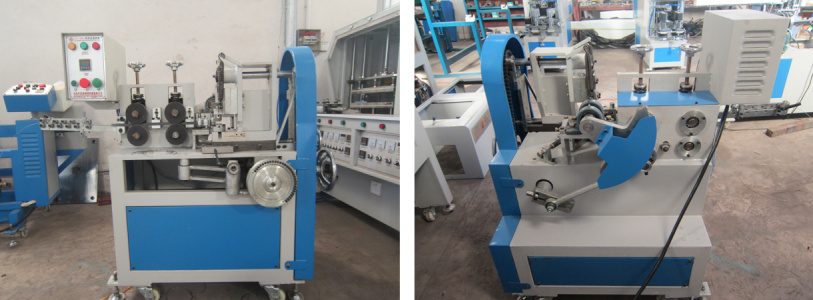
 We recently
We recently 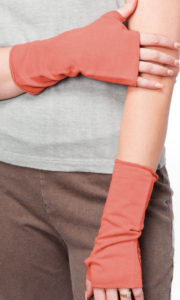



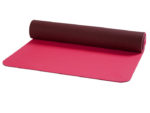 PrAna Eco Yoga Matt
PrAna Eco Yoga Matt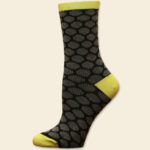
 Maggie’s Scarf
Maggie’s Scarf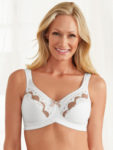


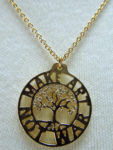

 Earth Creations Infinite Scarf (multiple colors)
Earth Creations Infinite Scarf (multiple colors)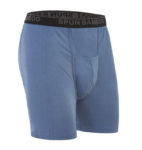
 dōTERRA Essential Oil Starter Kit
dōTERRA Essential Oil Starter Kit